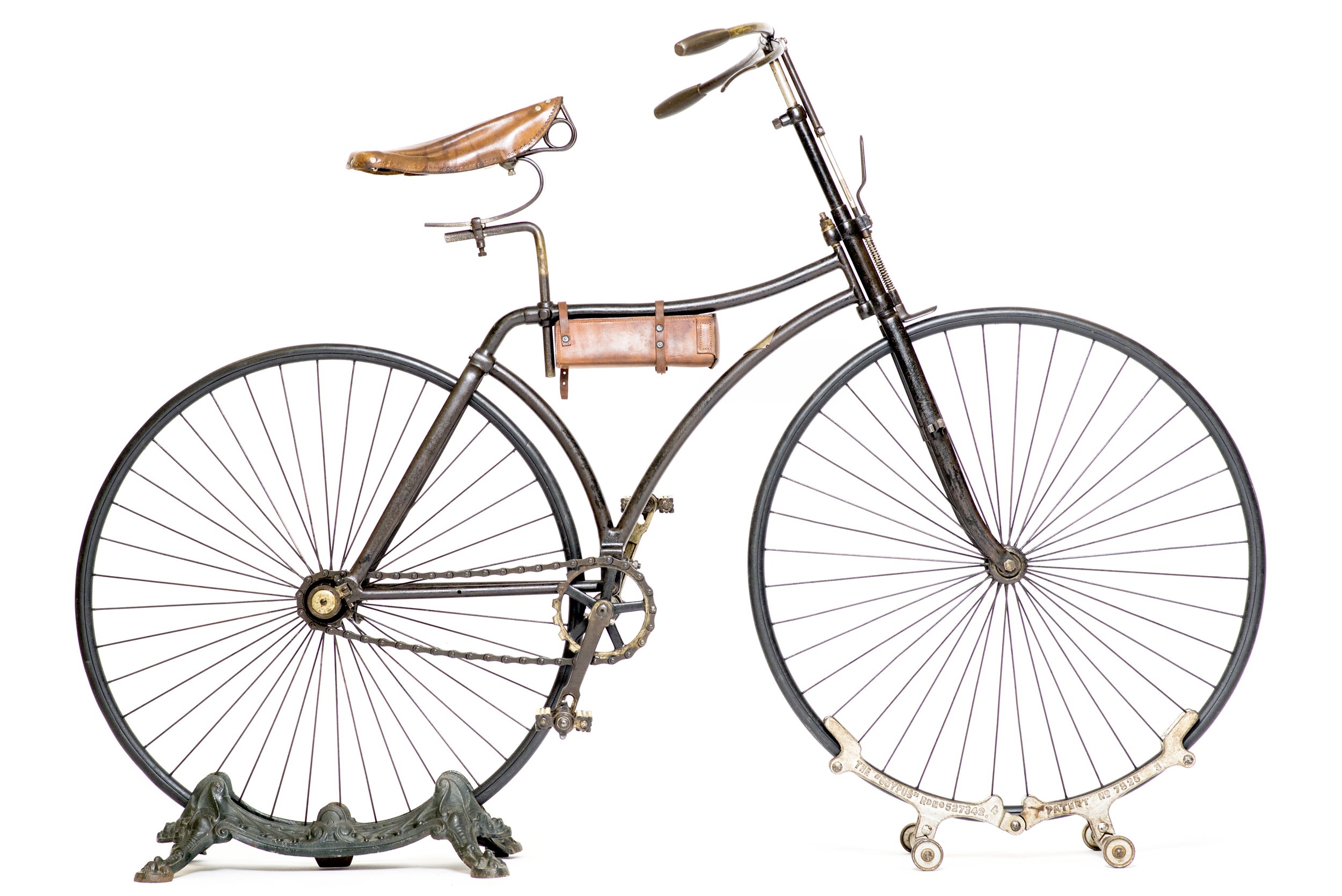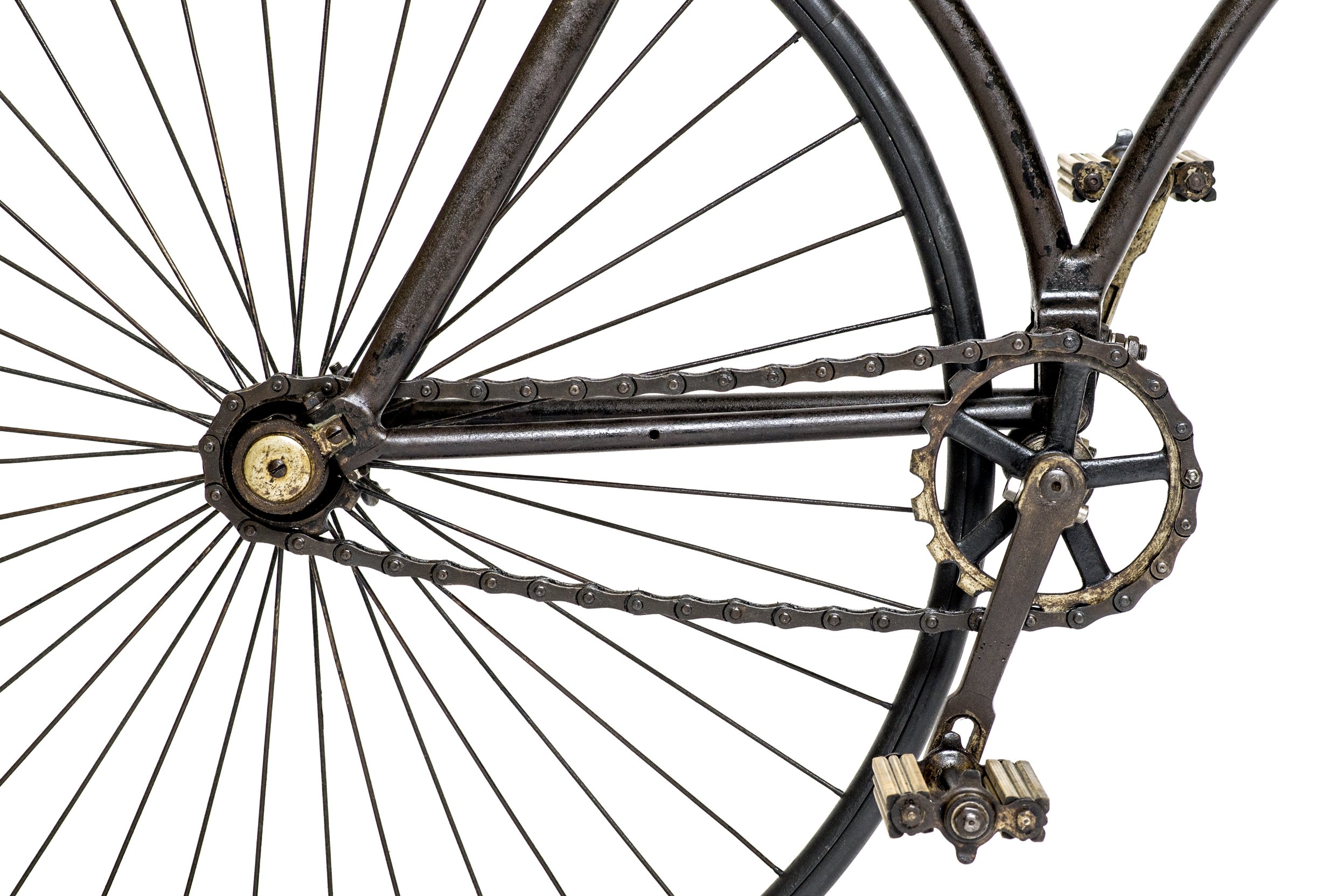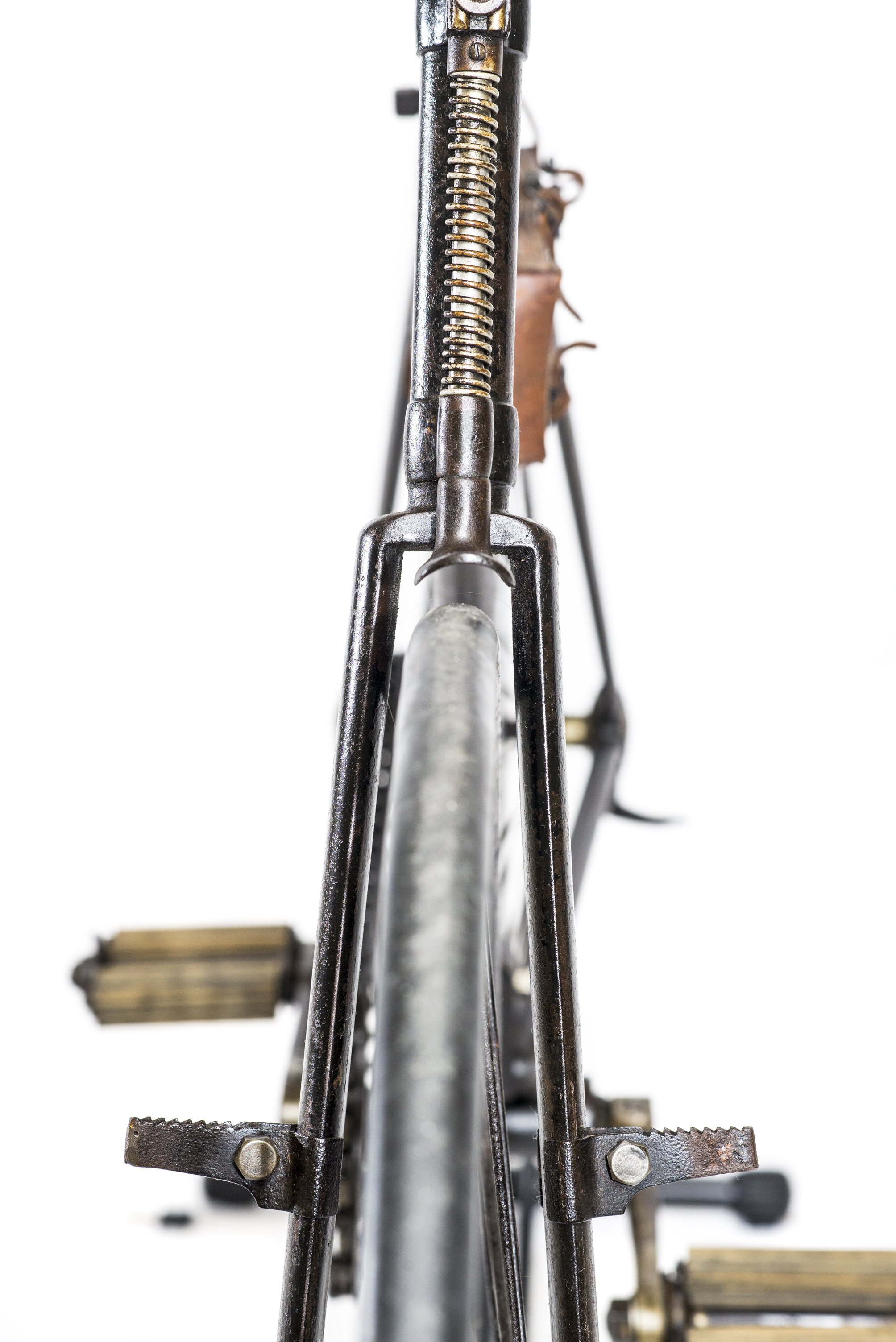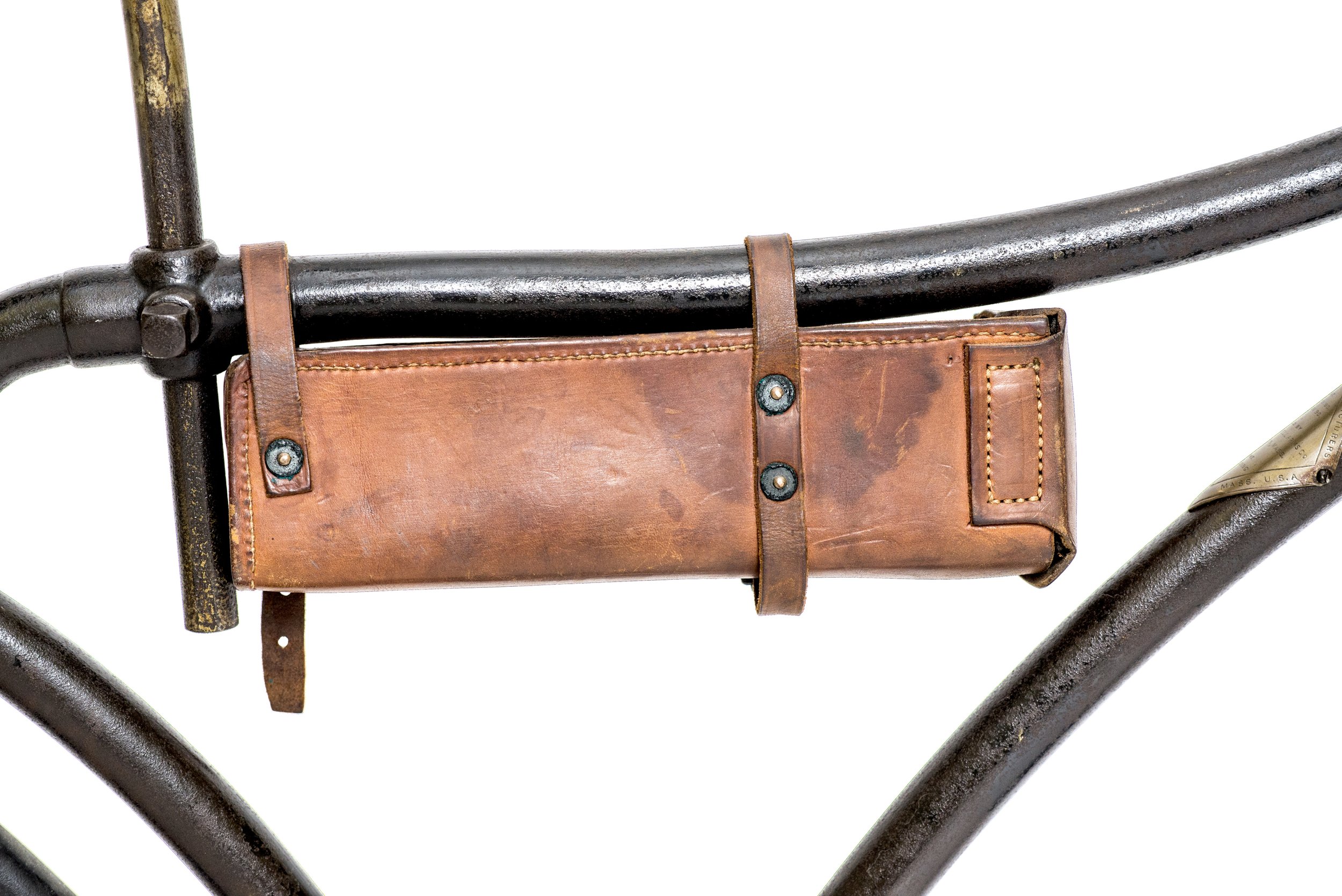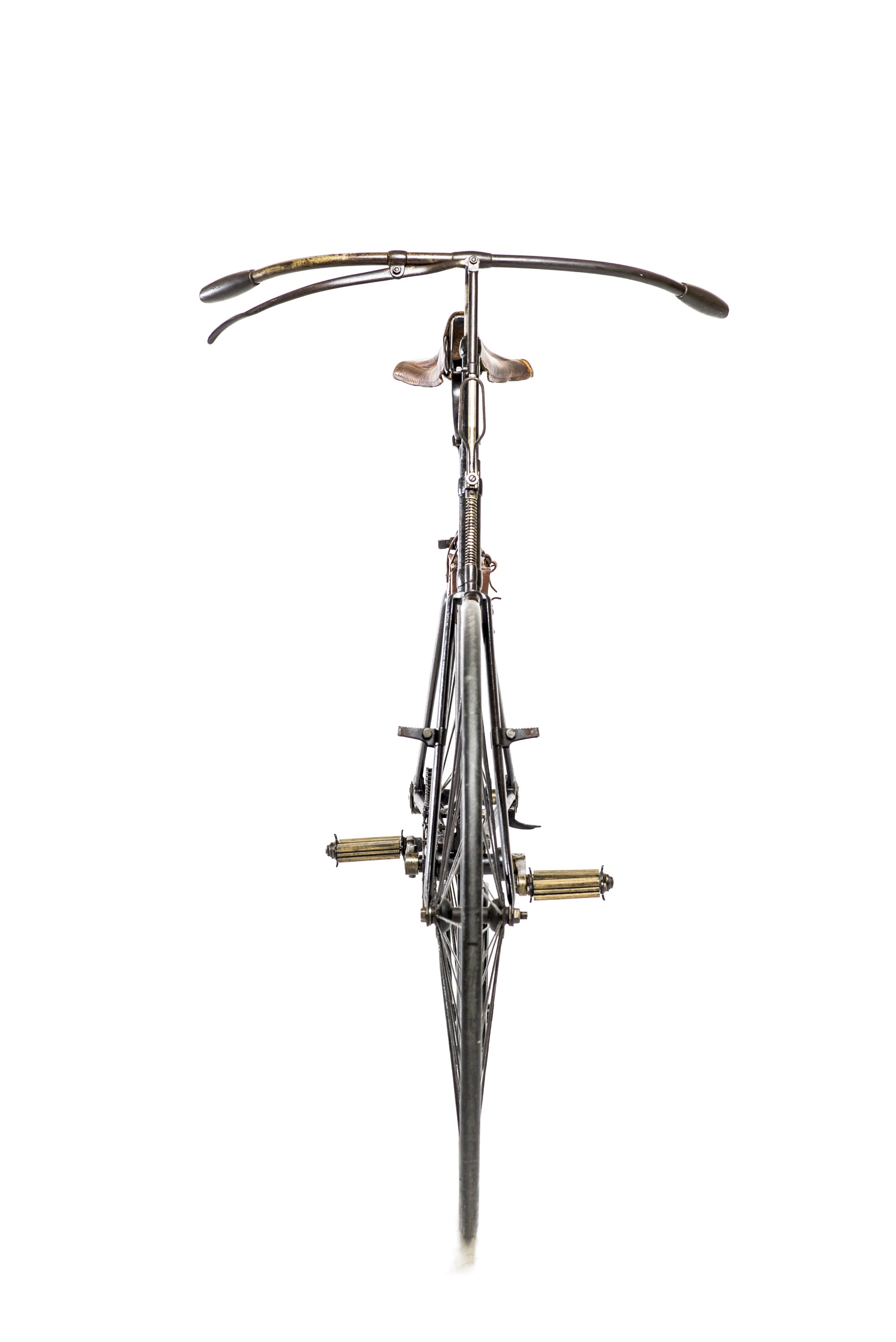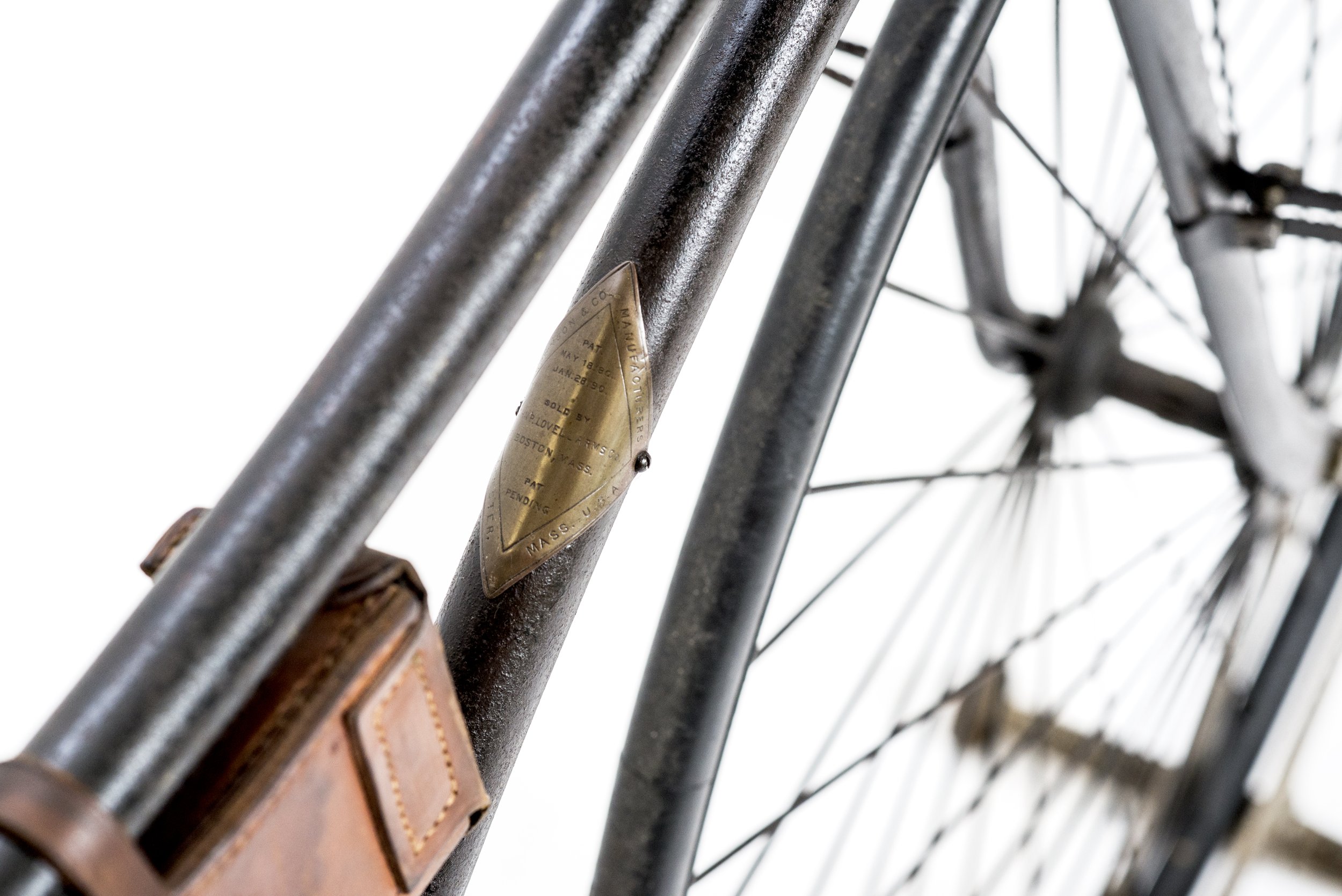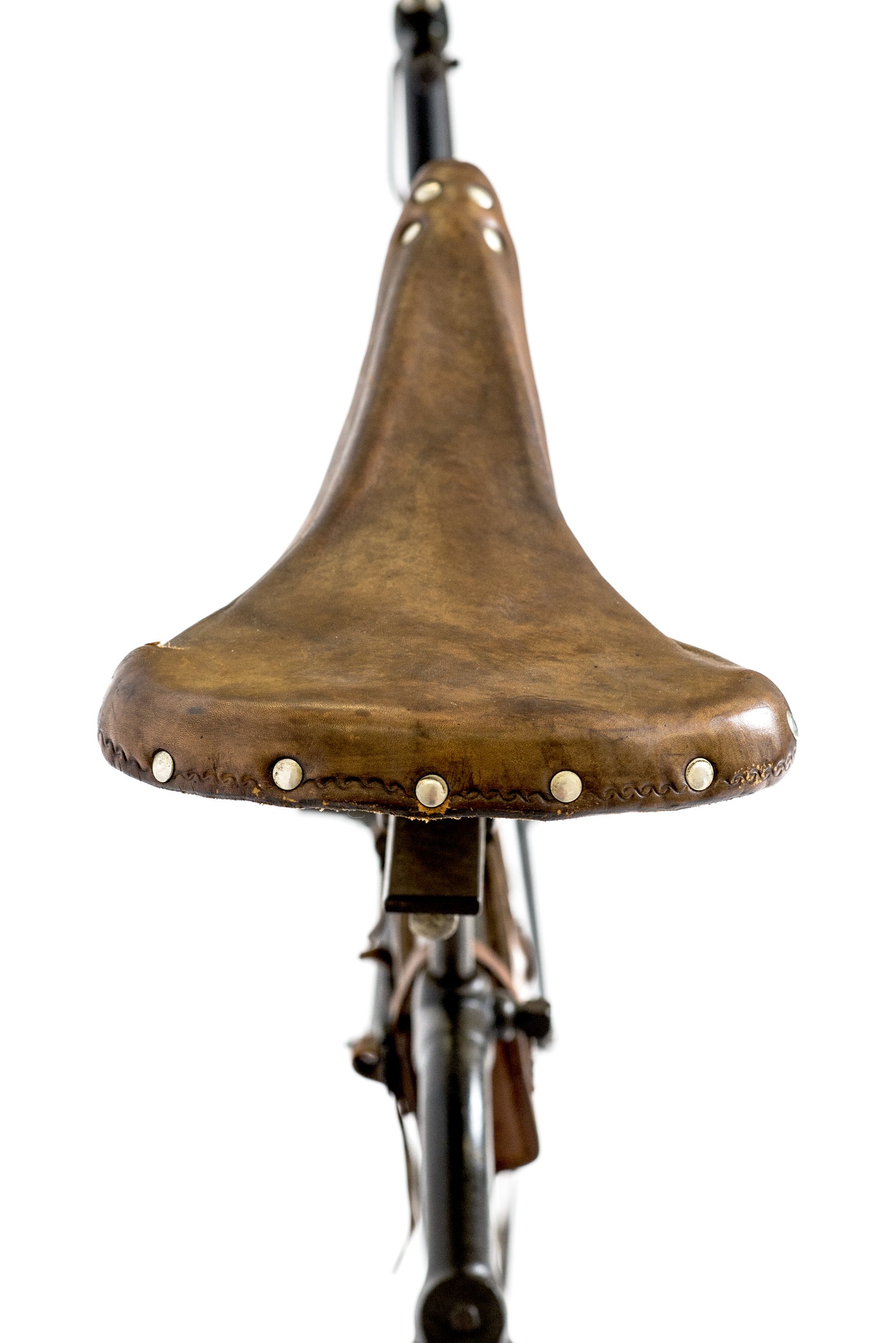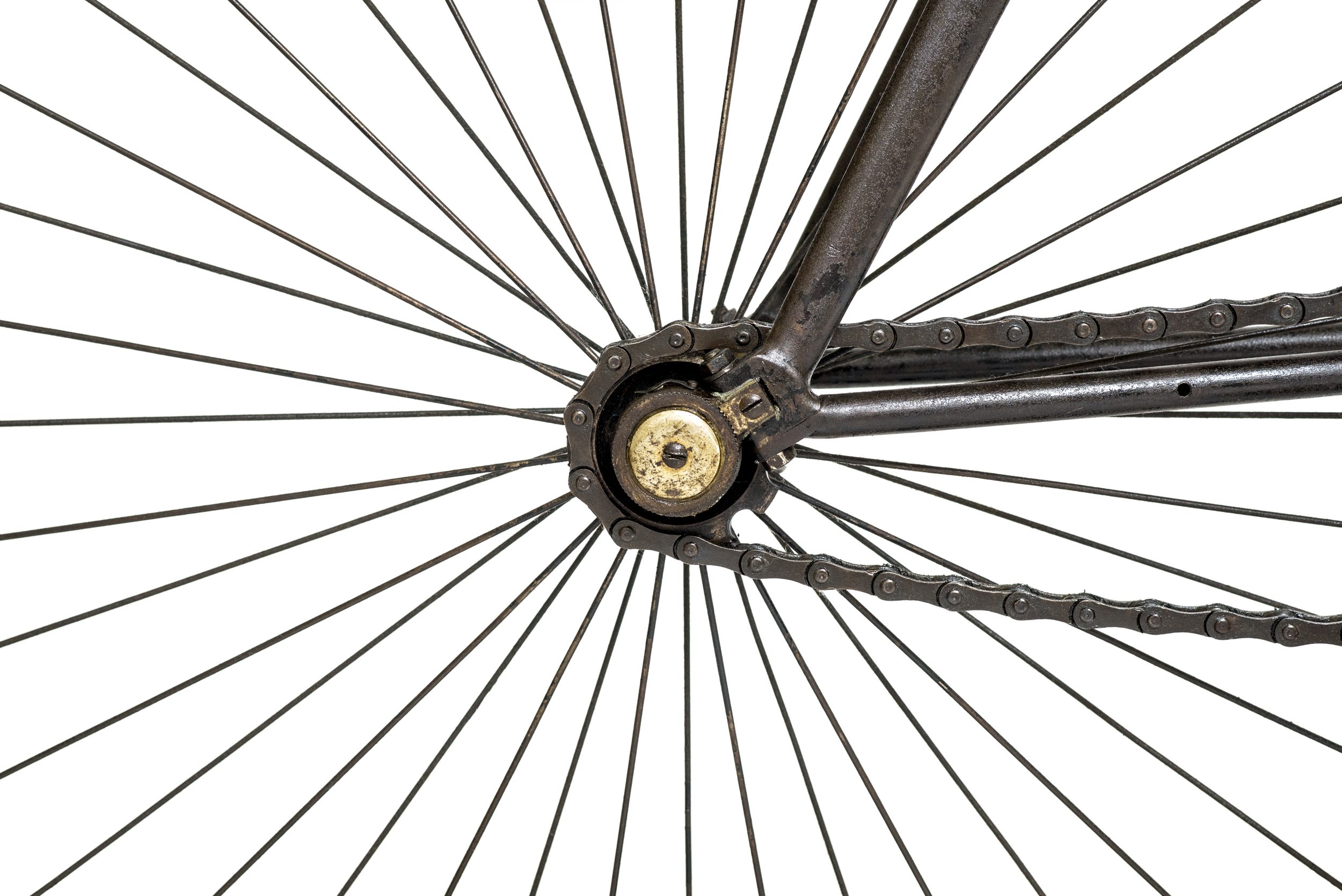EVERY CYCLE TELLS A STORY
Photos by Josh Grubbs Photography LLC
THE COLLECTION
The Cycling Museum of Minnesota is actively seeking artifacts for the museum's permanent collection. As a non-profit museum, CMM has the potential to not only collect vintage bicycles and archival materials, but to also highlight the many facets of cycling: for wellness, the environment, sport, design and innovation, and more. We're passionate about cycling culture and with your help we can ensure that it is saved and presented for future generations.
CMM focuses its collecting activities on the following:
Bicycles.
Archival material related to the history of cycling for transportation, recreation, and sport.
Three-dimensional objects related to the history of cycling for transportation, recreation, and sport.
Ephemera related to the history of cycling for transportation, recreation, and sport.
Clothing, banners, and other textiles related to the history of cycling for transportation, recreation, and sport.
Fine art and other creative works related to cycling, cyclists, or cycling history.
All activities governing acquisitions of unique and historic cycling artifacts are covered by our Collections Policy, crafted in consultation with museum professionals and publicly available for review. CMM's collections practices follow clear rules and guidelines governing acquisitions, maintenance and access. All of our collection activities adhere to the American Association of Museum's Code of Ethics.
Do you have a bicycle or other artifact you want to donate? Please contact the Collections Committee, Brian Nygren at info@cmm.bike. We look forward to hearing from you!
Lovell Diamond
Iver Johnson and Company made this bicycle, ca. 1891, and it was sold by the John P. Lovell Arms Co. of Boston. This bicycle’s equally-sized wheels place it firmly in the safety bicycle category, yet it retains some features of the high wheel. Like the high wheel, this bicycle has hard rubber tires, not the pneumatic tires that will come next. The frame includes a mounting step, even though a rider this close to the ground doesn’t need to step up over a high wheel. And like the high wheel, when the wheels of this bike are turning, the pedals are turning, which is why the front fork includes two pegs where the rider can rest his feet while coasting.
Suspended from the toptube is a leather map case, a useful accessory for the touring rider. For additional comfort, the seat includes two springs, including a leaf spring, to help compensate for the rougher ride the hard rubber tires provide. Many of the major features of today’s bicycle appear in the Lovell Diamond, along with a few holdovers from the 1880s craze for high wheelers.
Loan: Juston Anderson
Collection Gallery
What We've Achieved
Received a Legacy Grant from the state of Minnesota that has allowed us to assemble museum-quality storage for bicycles and other artifacts, to hire a consultant to guide the development of our Collections Care and Maintenance Plan, and to purchase a laptop and the software that museums use for collections record keeping.
Hosted two open houses to showcase the museum and its growing collection.
Developed a new CMM website as a platform for online access to our resources and collections.
Partnered with the Goldstein Museum of Design at the University of Minnesota on their exhibit, Design Cycles.
Curated the exhibit High Wheels! at the Hennepin History Museum that featured cycles from Minneapolis' first bike craze in the 1880s.






